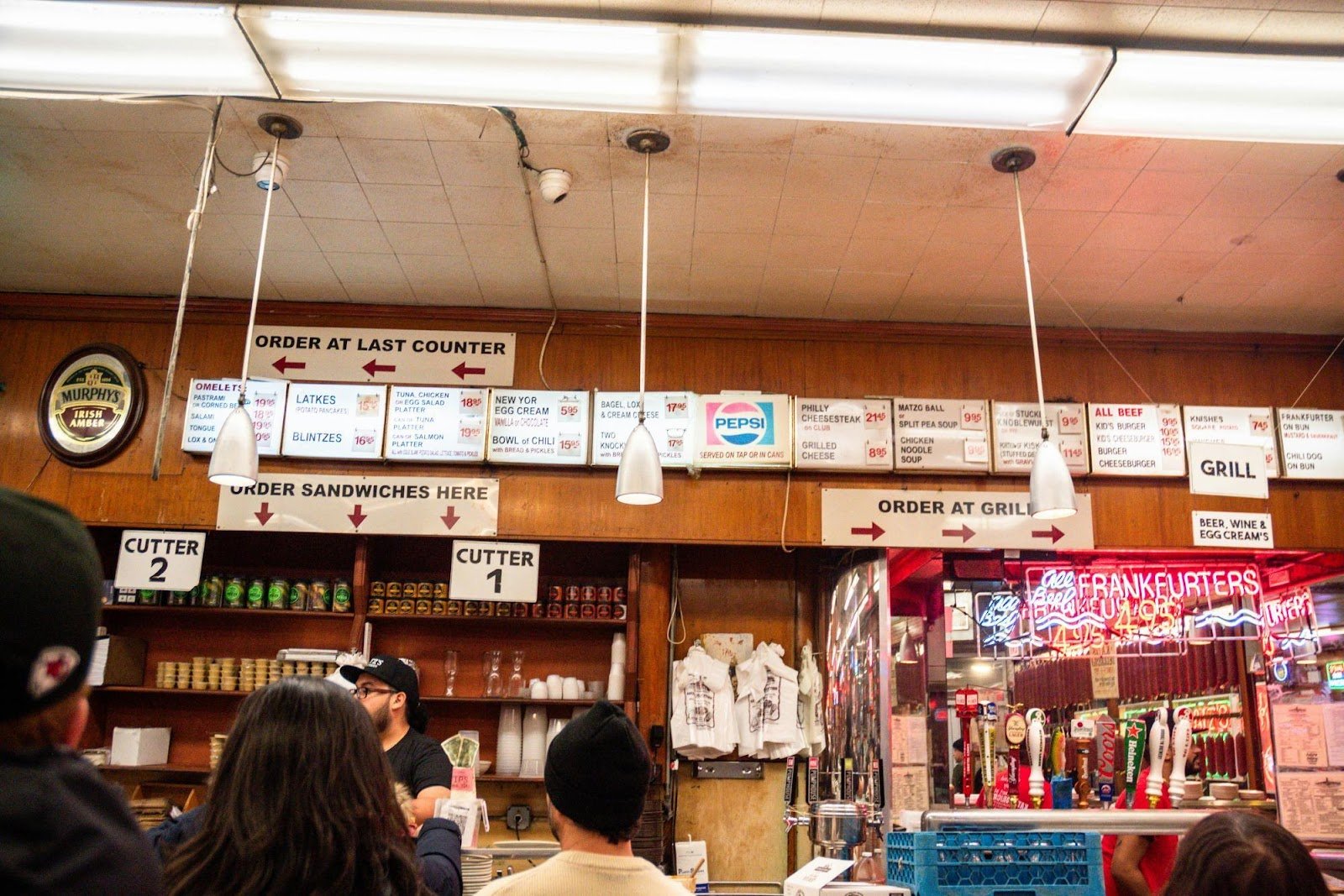Tips for Setting Up Your Deli Shop
Delving into the world of deli shop ownership is an exciting venture for aspiring entrepreneurs and culinary aficionados alike. From the savory aromas of cured meats and cheeses to the personalized customer service, a deli shop offers a unique dining and shopping experience. To ensure your deli shop is both functional and appealing, it’s crucial to equip it with the right tools and layout while also considering menu offerings, health regulations, and marketing tactics. Below, we offer comprehensive tips to guide you through setting up your deli shop for success. Keep reading for essential insights that will help your deli shop thrive.
Essential Equipment for Launching Your Deli Shop
An efficient and well-equipped kitchen is the foundation of any successful deli shop. Start with commercial-grade refrigeration units to ensure your products maintain their freshness. This includes refrigerated display cases to showcase your meats and cheeses, as well as storage refrigerators for inventory kept in the back.
Moreover, you’ll require slicers for meats and cheeses, ensuring that each slice is consistent in thickness and presentation. Additionally, ovens and stoves are necessary for preparing hot dishes and side items, while a toasting station could be key for sandwiches that require that extra crunch.
Another indispensable element is the atosa sandwich prep table, which will streamline the sandwich-making process. This table allows for quick, hygienic, and convenient access to ingredients, enabling staff to assemble dishes efficiently and with ease.
Lastly, investing in high-quality knives, cutting boards, and other preparation tools will ensure that your staff can work effectively and safely. Remember to consider how each piece of equipment will fit into your kitchen’s workflow for a seamless operation.
Designing a Customer-Friendly Layout
The layout of your deli shop should prioritize customer experience and operational efficiency. Begin by considering the journey your customers will take, from the entrance to the order counter, and finally to the dining area if applicable. Ensure that this path is intuitive and free of obstructions, promoting a comfortable and engaging environment.
The design should facilitate easy access to the deli’s staples, allowing customers to make selections without feeling rushed. The display area, where the meats, cheeses, and prepared foods are shown, should be a focal point that entices customers to explore your offerings. Clean, clear signage is essential here to help patrons make informed decisions.
Behind the scenes, your kitchen layout must promote productivity. Position equipment to minimize the distance staff must travel between tasks, from slicing meats to assembling sandwiches. The flow of the kitchen should correspond to the chronological steps of meal preparation, reducing cross-traffic and potential bottlenecks during peak hours.
Lastly, create a comfortable seating area if you plan to offer dine-in options. Tables should be spaced to provide personal space while still maximizing the number of seats available. Attention to ambiance with appropriate lighting and decor can make your deli shop a place where customers want to linger.
Crafting the Perfect Deli Menu
The menu is the heart of your deli shop and should reflect both your culinary point of view and the preferences of your target audience. Begin by considering classic deli items that are universally loved, such as signature sandwiches, fresh salads, and homestyle soups, and then add unique twists that set your offerings apart.
Local ingredients can play a significant role in distinguishing your menu. Establish relationships with local producers and highlight these partnerships in your menu descriptions. This not only supports the local economy but also entices patrons who are looking for fresh, regionally sourced fare.
Balance is also essential when crafting your menu. Offer a range of items from indulgent to health-conscious, addressing a variety of dietary needs and preferences. Including gluten-free, vegetarian, and low-calorie options will cater to a broader customer base and reflect a modern, inclusive approach to deli cuisine.
Overall, setting up a successful deli shop requires careful attention to equipment, layout, and menu creation to ensure both operational efficiency and customer satisfaction. By focusing on quality, functionality, and customer experience, you can build a deli that stands out and thrives in a competitive market.






